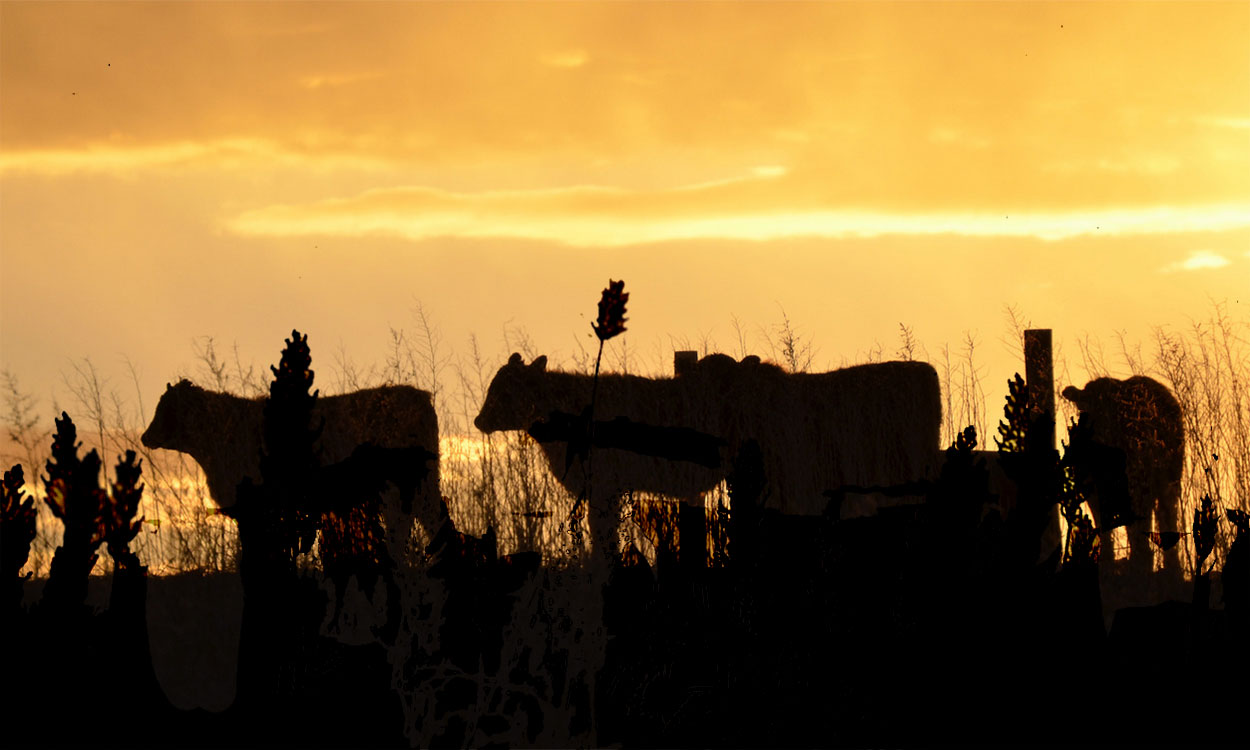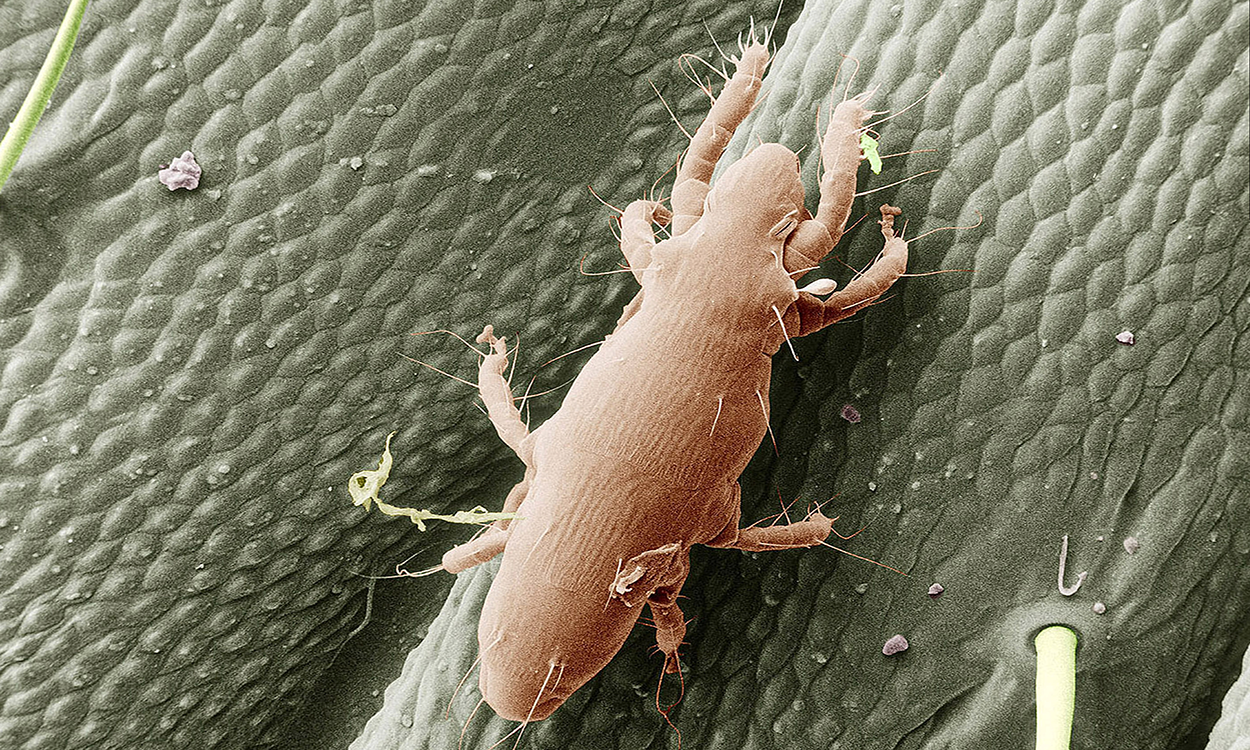Search

Green Beans: How to Grow It
Snap beans, also called “green beans” or “string beans” (although most modern varieties do not have strings) are harvested when the pods contain immature seeds, and the pods are still succulent.

Importance of Proper Forage Sampling
As dairymen and livestock caretakers, we are trying to optimize the performance of our livestock, whether it is producing milk or meat. Without knowing the quality of the feedstuff or forage we are feeding, it becomes difficult to balance a ration to ensure the animal is receiving the proper amounts of needed nutrients.

Feed & Water Testing Laboratories
A partial listing of available feed testing laboratories.

Considerations for Grazing Standing Corn
Grazing standing corn is a viable option to supply nutrients to livestock. However, mitigating risk is critical to ensure healthy animals and optimize crops.

Production and Utilization of Field Peas, Lentils and Chickpeas in South Dakota
Dry field peas and lentils are high in protein and fiber, have a low glycemic index, are easy to prepare, store well, and are low in cost. Even better they can be produced economically and sustainably in South Dakota as part of diverse no-till crop production systems.

Prussic Acid Precautions
During periods of drought, it is important to aware of the factors that can be a concern during these conditions, specifically nitrates and prussic acid. It is important to take precautions when using feeds that could contain one or both compounds.

Forage Resources for South Dakota Farmers and Ranchers
Producers often have difficulties locating fellow producers to buy, sell or rent forages and grazing acres too. South Dakota now has two widely recognized, free resources to aid in these connections.

Nitrate QuikTest for Forages
The Nitrate QuikTest for Forages is available at various SDSU Extension locations and veterinary clinics across the state and is designed to be used with standing forages prior to harvesting for hay or grazing.

Straw Itch Mites
Straw itch mites, also known as hay mites or grain mites, can be a major problem when present in hay or grain. The best way to avoid a straw itch mite infestation is to keep commodities at low moisture levels and bale straw when it is thoroughly dry.

Frequently Asked Questions - Forage Nitrate Toxicity in Ruminant Livestock
A fact sheet to address frequently asked questions about forage nitrate toxicity in ruminant livestock.